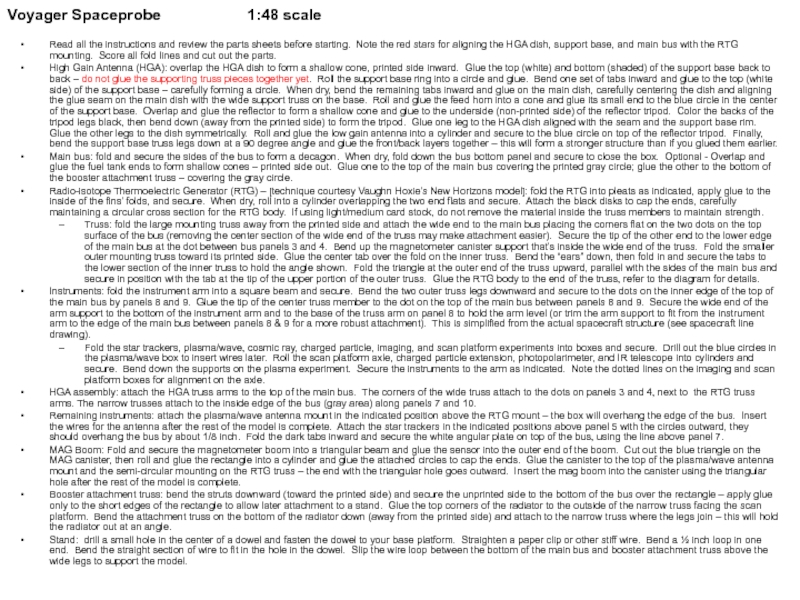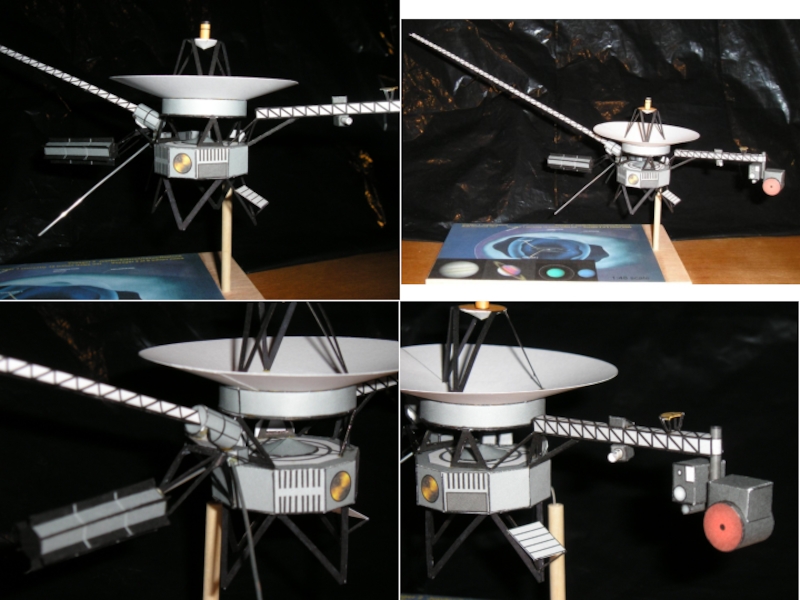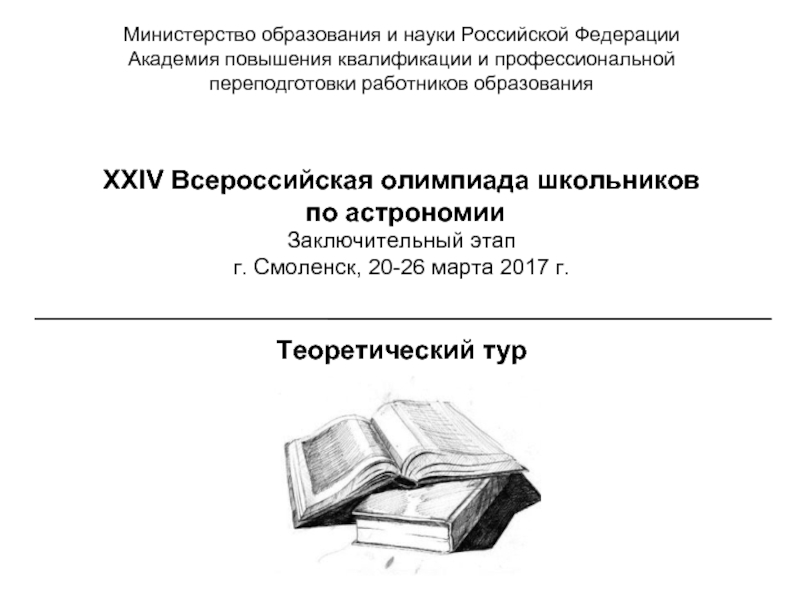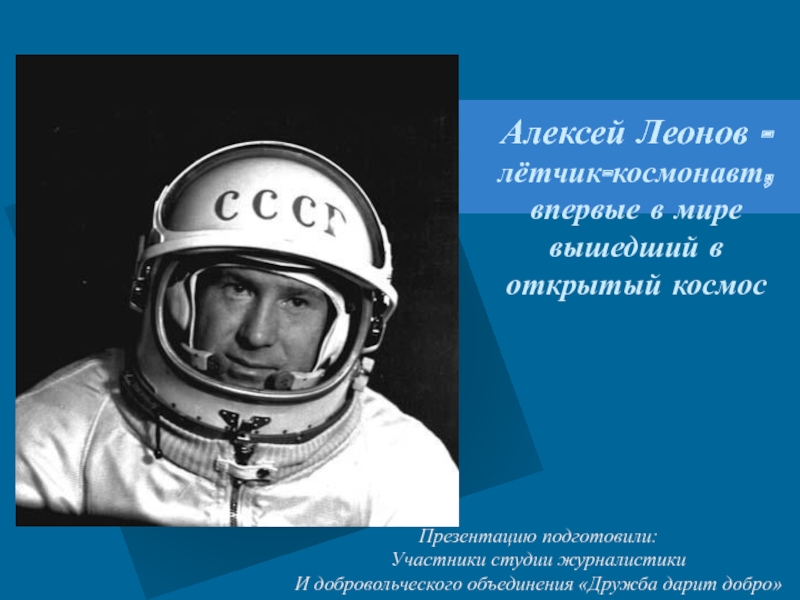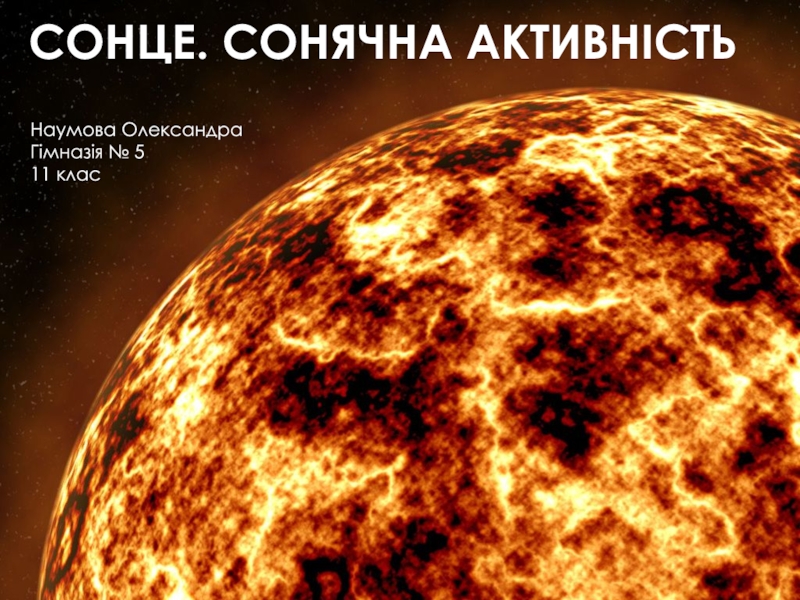- Главная
- Разное
- Дизайн
- Бизнес и предпринимательство
- Аналитика
- Образование
- Развлечения
- Красота и здоровье
- Финансы
- Государство
- Путешествия
- Спорт
- Недвижимость
- Армия
- Графика
- Культурология
- Еда и кулинария
- Лингвистика
- Английский язык
- Астрономия
- Алгебра
- Биология
- География
- Детские презентации
- Информатика
- История
- Литература
- Маркетинг
- Математика
- Медицина
- Менеджмент
- Музыка
- МХК
- Немецкий язык
- ОБЖ
- Обществознание
- Окружающий мир
- Педагогика
- Русский язык
- Технология
- Физика
- Философия
- Химия
- Шаблоны, картинки для презентаций
- Экология
- Экономика
- Юриспруденция
Voyager spaceprobe презентация
Содержание
Слайд 1Voyager Spaceprobe 1:48 scale
Read all the instructions and review the parts sheets
High Gain Antenna (HGA): overlap the HGA dish to form a shallow cone, printed side inward. Glue the top (white) and bottom (shaded) of the support base back to back – do not glue the supporting truss pieces together yet. Roll the support base ring into a circle and glue. Bend one set of tabs inward and glue to the top (white side) of the support base – carefully forming a circle. When dry, bend the remaining tabs inward and glue on the main dish, carefully centering the dish and aligning the glue seam on the main dish with the wide support truss on the base. Roll and glue the feed horn into a cone and glue its small end to the blue circle in the center of the support base. Overlap and glue the reflector to form a shallow cone and glue to the underside (non-printed side) of the reflector tripod. Color the backs of the tripod legs black, then bend down (away from the printed side) to form the tripod. Glue one leg to the HGA dish aligned with the seam and the support base rim. Glue the other legs to the dish symmetrically. Roll and glue the low gain antenna into a cylinder and secure to the blue circle on top of the reflector tripod. Finally, bend the support base truss legs down at a 90 degree angle and glue the front/back layers together – this will form a stronger structure than if you glued them earlier.
Main bus: fold and secure the sides of the bus to form a decagon. When dry, fold down the bus bottom panel and secure to close the box. Optional - Overlap and glue the fuel tank ends to form shallow cones – printed side out. Glue one to the top of the main bus covering the printed gray circle; glue the other to the bottom of the booster attachment truss – covering the gray circle.
Radio-isotope Thermoelectric Generator (RTG) – [technique courtesy Vaughn Hoxie’s New Horizons model]: fold the RTG into pleats as indicated, apply glue to the inside of the fins’ folds, and secure. When dry, roll into a cylinder overlapping the two end flats and secure. Attach the black disks to cap the ends, carefully maintaining a circular cross section for the RTG body. If using light/medium card stock, do not remove the material inside the truss members to maintain strength.
Truss: fold the large mounting truss away from the printed side and attach the wide end to the main bus placing the corners flat on the two dots on the top surface of the bus (removing the center section of the wide end of the truss may make attachment easier). Secure the tip of the other end to the lower edge of the main bus at the dot between bus panels 3 and 4. Bend up the magnetometer canister support that’s inside the wide end of the truss. Fold the smaller outer mounting truss toward its printed side. Glue the center tab over the fold on the inner truss. Bend the “ears” down, then fold in and secure the tabs to the lower section of the inner truss to hold the angle shown. Fold the triangle at the outer end of the truss upward, parallel with the sides of the main bus and secure in position with the tab at the tip of the upper portion of the outer truss. Glue the RTG body to the end of the truss, refer to the diagram for details.
Instruments: fold the instrument arm into a square beam and secure. Bend the two outer truss legs downward and secure to the dots on the inner edge of the top of the main bus by panels 8 and 9. Glue the tip of the center truss member to the dot on the top of the main bus between panels 8 and 9. Secure the wide end of the arm support to the bottom of the instrument arm and to the base of the truss arm on panel 8 to hold the arm level (or trim the arm support to fit from the instrument arm to the edge of the main bus between panels 8 & 9 for a more robust attachment). This is simplified from the actual spacecraft structure (see spacecraft line drawing).
Fold the star trackers, plasma/wave, cosmic ray, charged particle, imaging, and scan platform experiments into boxes and secure. Drill out the blue circles in the plasma/wave box to insert wires later. Roll the scan platform axle, charged particle extension, photopolarimeter, and IR telescope into cylinders and secure. Bend down the supports on the plasma experiment. Secure the instruments to the arm as indicated. Note the dotted lines on the imaging and scan platform boxes for alignment on the axle.
HGA assembly: attach the HGA truss arms to the top of the main bus. The corners of the wide truss attach to the dots on panels 3 and 4, next to the RTG truss arms. The narrow trusses attach to the inside edge of the bus (gray area) along panels 7 and 10.
Remaining instruments: attach the plasma/wave antenna mount in the indicated position above the RTG mount – the box will overhang the edge of the bus. Insert the wires for the antenna after the rest of the model is complete. Attach the star trackers in the indicated positions above panel 5 with the circles outward, they should overhang the bus by about 1/8 inch. Fold the dark tabs inward and secure the white angular plate on top of the bus, using the line above panel 7.
MAG Boom: Fold and secure the magnetometer boom into a triangular beam and glue the sensor into the outer end of the boom. Cut out the blue triangle on the MAG canister, then roll and glue the rectangle into a cylinder and glue the attached circles to cap the ends. Glue the canister to the top of the plasma/wave antenna mount and the semi-circular mounting on the RTG truss – the end with the triangular hole goes outward. Insert the mag boom into the canister using the triangular hole after the rest of the model is complete.
Booster attachment truss: bend the struts downward (toward the printed side) and secure the unprinted side to the bottom of the bus over the rectangle – apply glue only to the short edges of the rectangle to allow later attachment to a stand. Glue the top corners of the radiator to the outside of the narrow truss facing the scan platform. Bend the attachment truss on the bottom of the radiator down (away from the printed side) and attach to the narrow truss where the legs join – this will hold the radiator out at an angle.
Stand: drill a small hole in the center of a dowel and fasten the dowel to your base platform. Straighten a paper clip or other stiff wire. Bend a ½ inch loop in one end. Bend the straight section of wire to fit in the hole in the dowel. Slip the wire loop between the bottom of the main bus and booster attachment truss above the wide legs to support the model.
Слайд 2Voyager 1:48 scale
High gain antenna
Reflector tripod
Support base ring
Support base
Main dish
Reflector – attach
of tripod
Low gain antenna
Feed horn
Copyright 2009, John Jogerst. Not for commercial use. For personal or educational use only
roll
cut
Glue to underside of support base
RTG
MAG
MAG sensor-end of boom
MAG boom
MAG canister
MAG canister
mount - optional
Valley fold
Mountain fold
Valley fold
Repeat …
REMOVE
WHITE
SPACE
REMOVE
WHITE
SPACE
RTG folds
FOLD
Glue to cardstock
Слайд 3Voyager 1:48 scale
Copyright 2009, John Jogerst. Not for commercial use. For personal
bus bottom
SCAN
PLATFORM
SIDE
S - Star Trackers
P – Plasma/Wave
antenna mount
Radiator
Instrument arm
Scan platform
Optional fuel tank ends
Mount above
panel 7
Cosmic Ray
Plasma
Imaging
IR
Charged
particle
Photopolarimeter
Booster attachment truss
Arm support
Axle
Plasma/Wave antenna – cut two pieces of wire to this length
Слайд 4Line drawing – enlarge
for more detail
BASE
DOWEL
Model support wire
Slip loop
and booster attachment truss.
1:48 scale
